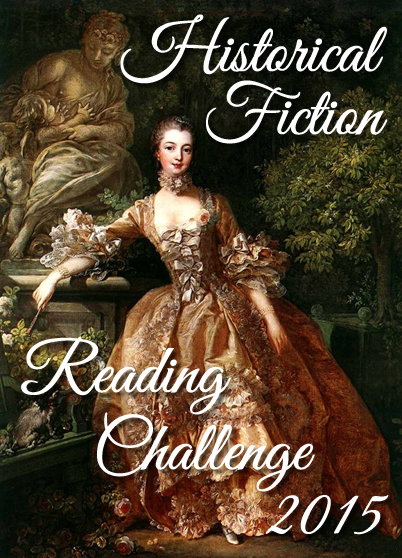 The Quilter's Apprentice (Elm Creek Quilts, #1) by Jennifer Chiaverini
The Quilter's Apprentice (Elm Creek Quilts, #1) by Jennifer Chiaverini Series: Elm Creek Quilts #1
Published by Plume on April 6, 1999
Genres: Contemporary Fiction
Pages: 272
Format: E-Book, eBook
Buy on Amazon, Buy on Bookshop
This post contains affiliate links you can use to purchase the book. If you buy the book using that link, I will receive a small commission from the sale.
Goodreads
After moving with her husband, Matt, to the small college town of Waterford, Pennsylvania, Sarah McClure struggles to find a fulfilling job. In the meantime, she agrees to help seventy-five-year-old Sylvia Compson prepare her family estate, Elm Creek Manor, for sale. As part of her compensation, Sarah is taught how to quilt by this cantankerous elderly woman, who is a master of the craft.
During their lessons, Mrs. Compson reveals how her family was torn apart by tragedy, jealousy, and betrayal, and her stories force Sarah to face uncomfortable truths about her own alienation from her widowed mother. As their friendship deepens, Mrs. Compson confides in Sarah the truth about why she wants to sell Elm Creek Manor. In turn, Sarah seeks a way to bring life and joy back to the estate so Mrs. Compson can keep her home—and Sarah can keep her cherished friend.
The Quilter's Apprentice teaches deep lessons about family, friendship, and sisterhood, and about creating a life as you would a quilt: with time, love, and patience, piecing the miscellaneous and mismatched scraps into a beautiful whole.
I learned about this series from a group of quilters in a Block of the Month challenge I entered. I thought I should start with the first book, though many of the quilters in my group were talking about the latest novel in the series, The World’s Fair Quilt. The Block of the Month group is learning about quilting across the decades from the 1930s to the present, and in our first lesson on the 1930s, we learned about Sears’ quilting contest for the Chicago World’s Fair: A Century of Progress.
I enjoyed this story, perhaps more because I’m a new quilter, like Sarah. While the story is predictable—I guessed where it was going fairly easily—it’s not necessarily the kind of book that needs a twist. It’s a cozy read. The transitions between the main novel plot and Sylvia’s stories were a little clunky, but the characters are fairly well drawn. I have a hunch the series improves over time as Chiaverini develops the characters (and her writing skills). I’m only a couple of chapters into The World’s Fair Quilt, and the flashbacks are noticeably smoother. I will definitely read other novels in the series.


